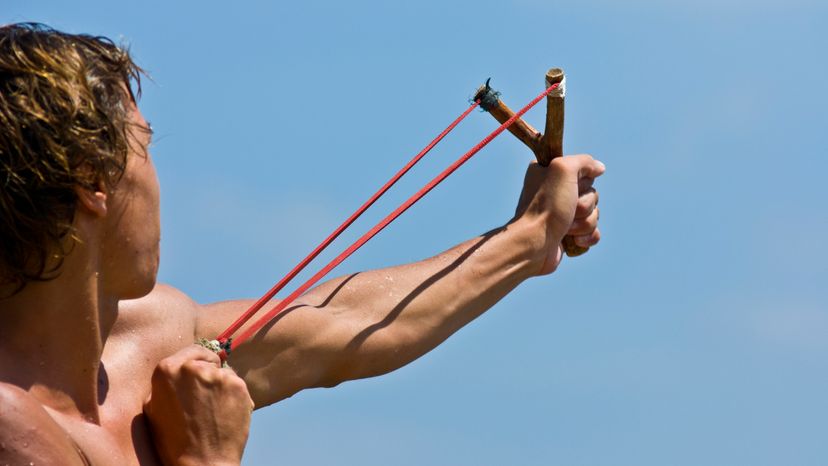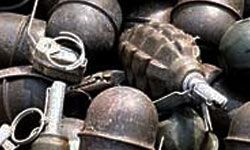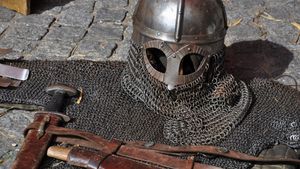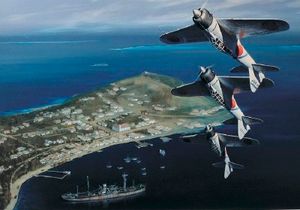Catapults have existed for millennia, with their origins dating back to ancient times. As William Gurstelle writes in "The Art of Catapult: Build Greek Ballistae, Roman Onagers, English Trebuchets, More Ancient Artillery": "Before the days of gunpowder and iron or steel cannon barrels, siege engines (catapults) were the artillery of the ancient armies."
The ancient Greeks and Romans were among the early civilizations to employ these formidable weapons, with Greek writers and historians documenting them in their works. But there are also records of catapults in other parts of the world, including China, the Middle East and India.
The Greeks' catapults were heavy and took time to load. "In general, these early catapults obtained their shooting power from bending back a wooden or animal-horn bow or leaf spring," Gurstelle writes. By the third century BCE, Greeks began to use a coiled rope to create a spring.
During the Middle Ages, catapults underwent significant advancements. They became larger and more powerful, capable of launching stones, arrows and other projectiles over great distances. The development of twisted rope and the use of tension played a crucial role in enhancing their effectiveness.














